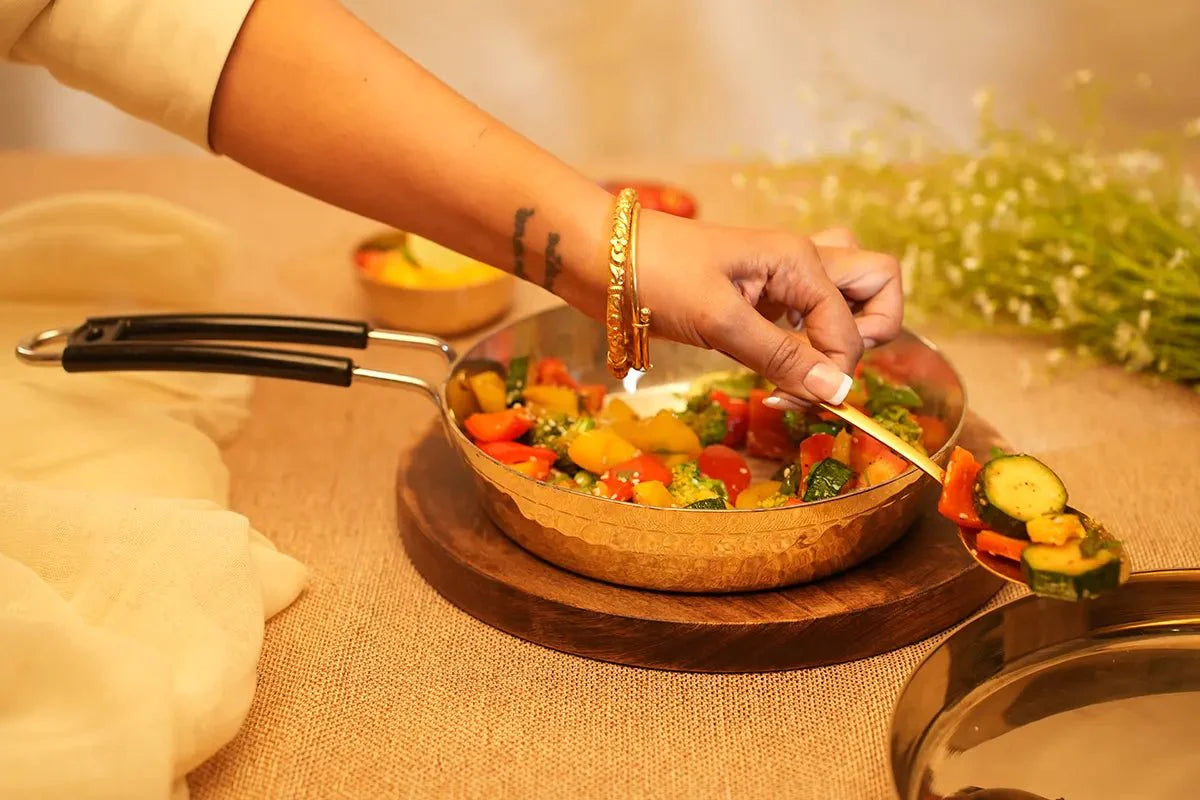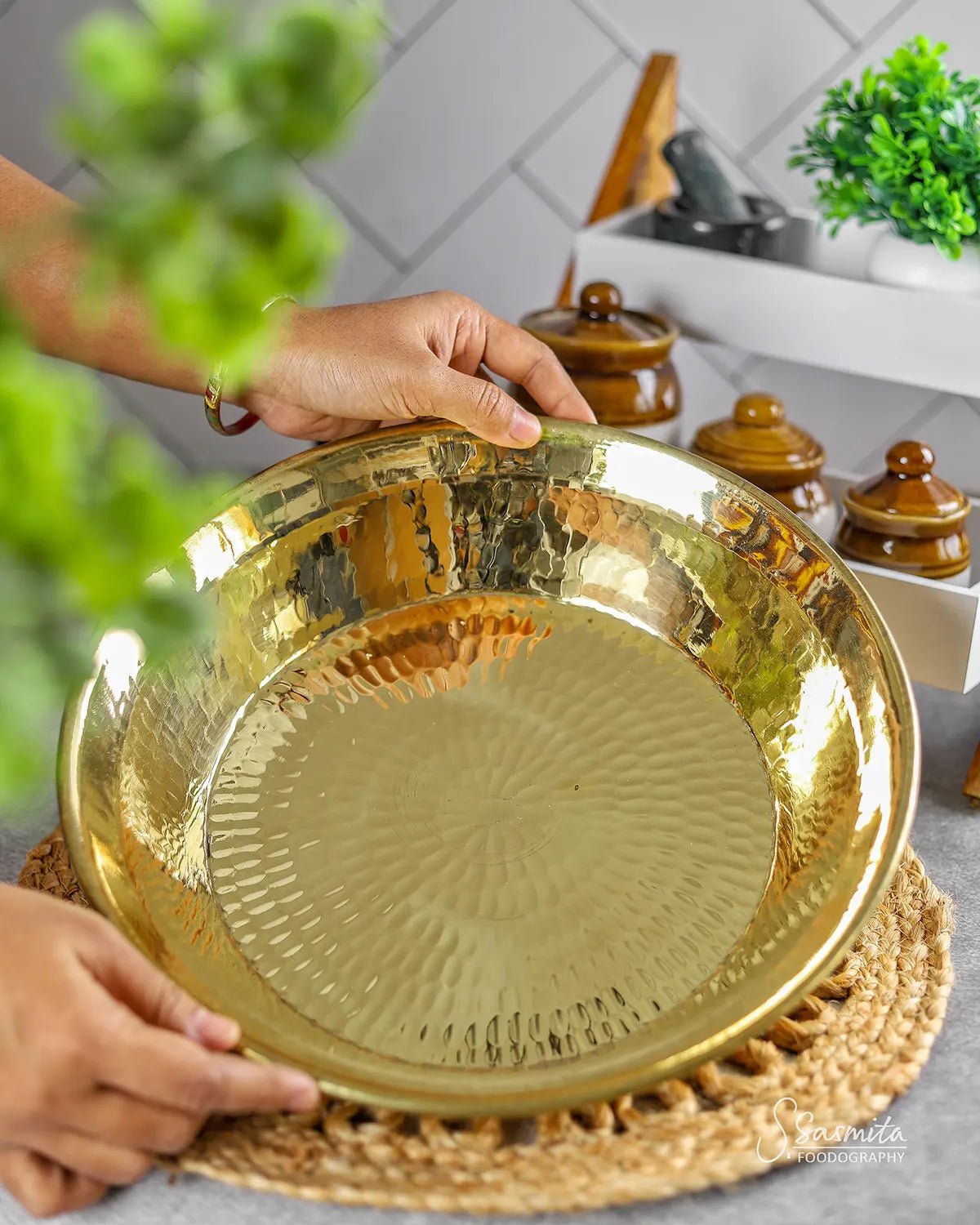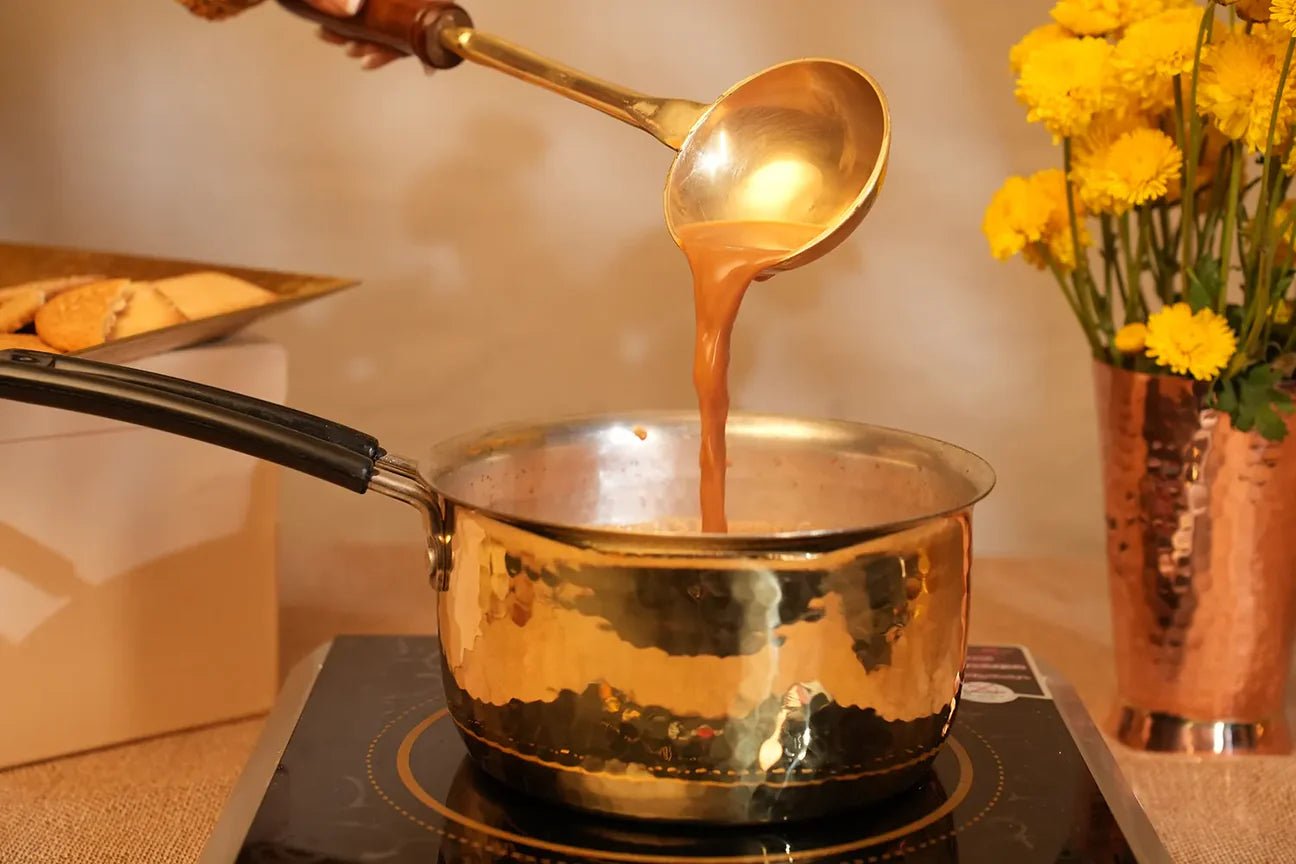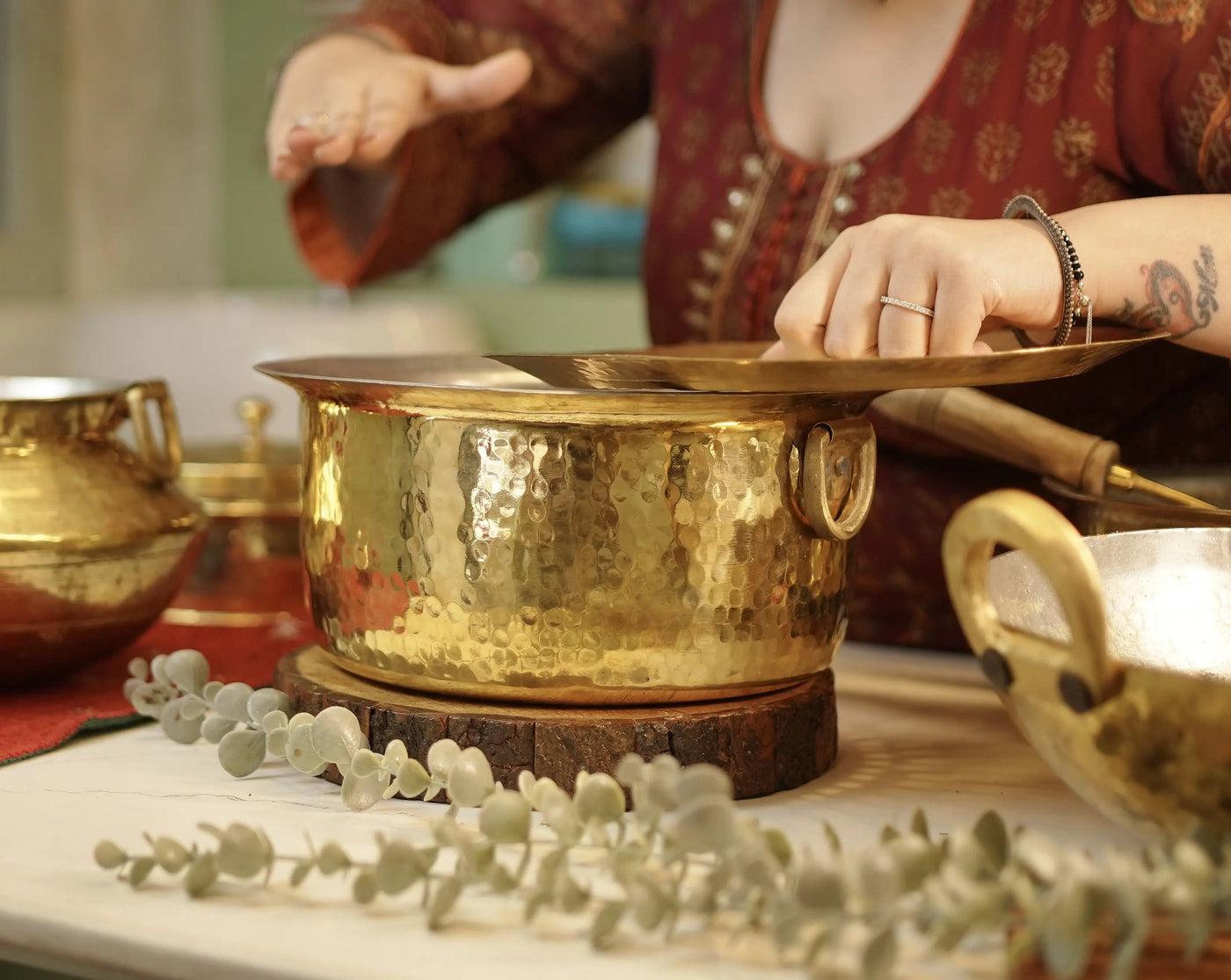The Ultimate Guide to Choosing the Perfect Frying Pan for Your Kitchen
An frying Pan is among of the essential equipment in any kitchen. If you're frying eggs, searing your meat sauteing vegetables and flipping pancakes a quality fry pan can make a huge difference. With a myriad of options to choose from - cast iron, stainless steel non-stick, copper, brass--it can be difficult to select the best one. In this article we'll provide the essential information you need about the frying pans, what they offer and tips for picking the best one for your cooking preferences.
What is a Frying Pan?
A fry pan, also referred to as the skillet is a flat-bottomed cook vessel that has shallow sides as well as the handle is long. It is made for high-temperature cooking methods such as cooking, frying, browning and searing. The majority of frying pans are available in sizes that range from 8-inch to 12-inch, which makes them ideal for individual servings as well as family meals.
Types of Frying Pans
1. Cast Iron Frying Pan
-
It is renowned for its excellent heat retention.
-
Ideal for searing the meats and cooking dishes or for deep-flavored curries.
-
It requires a little seasoning, but it can last for many generations.
2. Stainless Steel Frying Pan
-
Strong and impervious to corrosion.
-
Excellent to brown and saute.
-
Useful on high heat, but could require oil to avoid sticking.
3. Non-Stick Frying Pan
-
Simple to clean and uses less oil.
-
It is perfect for cooking in the everyday such as pancakes, omelets, or stir-fry vegetable dishes.
-
Make sure to choose PFOA-free coatings for security.
4. Brass or Copper Frying Pan
-
Traditional option of Indian kitchens.
-
It adds trace minerals to foods to enhance the health benefits.
-
Superior heat conductivity to ensure even cooking.
5. Aluminium Frying Pan
-
The weight is light and the price is affordable.
-
Heats up quickly, perfect for quick meals.
-
Most often, it is combined with non-stick coatings.
Key Features to Look For in a Frying Pan
When selecting the right fry pan, think about:
-
Fabric: For durability and cooking style.
-
size: Small for single meals, big for family meals.
-
Handle Style: Stay-cool, ergonomic handles are safer and simpler to use.
-
Compatible: Gas, induction or oven-safe.
-
Maintenance It is simple to wash, while cast iron needs to be seasoned.
Health & Safety Benefits
A well-designed frying pan is not just a great way to cook, but also more healthy. Non-stick pans use less oil as well as cast iron cookware naturally include iron in food items, and the brass cooking equipment releases trace minerals. Always look for non-toxic coatings when you purchase non-stick cooking pans to ensure that cooking is safe.
Common Uses of a Frying Pan
-
Fish, eggs or even chicken.
-
Sautéing vegetables and herbs.
-
Cooking stir-fry noodles.
-
Flipping pancakes or dosas.
-
Small frying snacks.
Care & Maintenance Tips
-
Non-stick pans: Avoid metal utensils and rough scrubbers.
-
Cast iron/Brass Pans: Season regularly with oil in order to maintain the natural non-stick surface.
-
Pans made of stainless steel: Use vinegar or lemon juice to clean staining.
-
Always wash cool to avoid stretching.
Why Invest in a Good Frying Pan?
A top-quality frying skillet saves time, improves flavor, and will last for many years. Instead of constantly replacing inexpensive pans purchasing a long-lasting pan will result in better cooking and longer-term savings.
Suggested product: Kitchenware | Serveware | Drinkware
Conclusion
A frying pan goes beyond than just cookware. It's the core of the kitchen. From crisp dosas to perfectly grilled meats, the best pan can enhance your meals and make cooking more enjoyable and healthier. If you're looking for the contemporary ease of a non-stick pan for frying or the classic elegance of brass or cast iron one, making the right choice can transform the way you cook.







